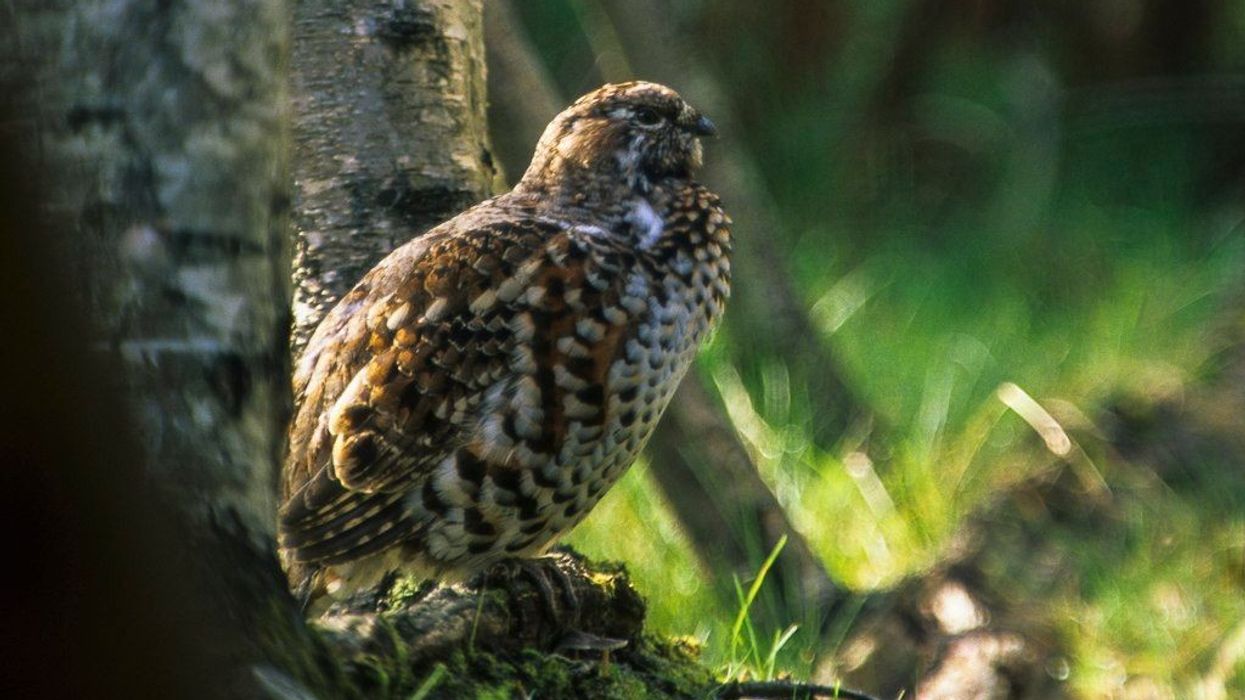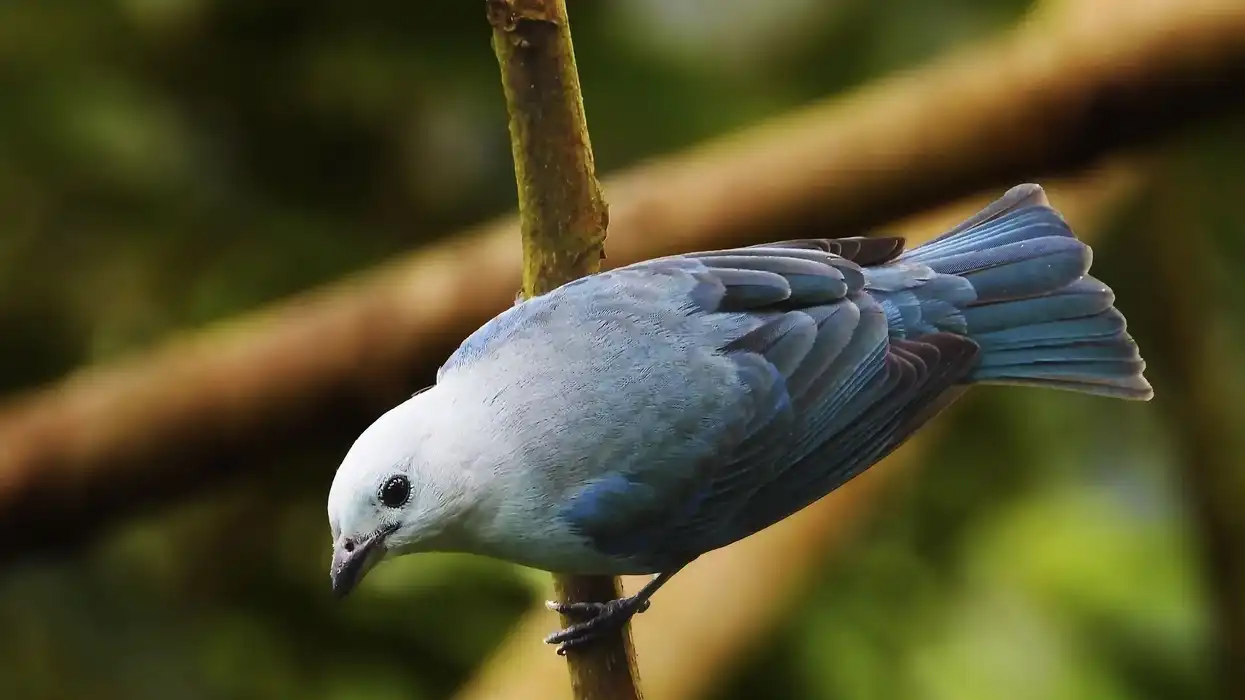Are you a bird-lover interested in learning about different birds? Then you should definitely read about the brown goshawk (Accipiter fasciatus) here!
Brown goshawks, Australian birds of prey, are quite widespread in Australia and its surrounding islands. The distribution range of this bird extends to New Guinea, New Caledonia, Fiji, and more islands. Very commonly slighted flying in its natural habitat, the brown goshawk prefers living in the forest.
It is also a resident of open woodland habitats and farmlands. The brown goshawk is considered a medium-sized bird when it is compared to other birds of its genus and females are bigger than males.
There are about 11 recognized subspecies of the brown goshawk. This bird has brown upperparts, grayish-brown underparts, and a reddish-brown collar. The eyes and legs of this bird are yellow.
The legs and the feet are quite powerful. Taking advantage of their strong feet and speed, these goshawks feed on various small mammals, reptiles, birds, insects, amphibians, and arthropods.
Brown goshawks hunt small mammals like rabbits quite effortlessly. They can catch an insect in flight and occasionally come to the ground to prey. A brown goshawk's diet also consists of various reptiles.
For more relatable content, check out these swallow-tailed kite facts and Arctic tern facts for kids.
Brown Goshawk Interesting Facts
What type of animal is a brown goshawk?
The brown goshawk (Accipiter fasciatus) is a type of bird. It belongs to the order Accipitriformes and the phylum Chordata.
What class of animal does a brown goshawk belong to?
A brown goshawk belongs to the Aves class of the Animalia kingdom. It is a member of the family Accipitridae and the genus Accipiter. The scientific name of this bird is Accipiter fasciatus.
How many brown goshawks are there in the world?
The brown goshawk is widespread in its distribution range, but its population trend is known to be decreasing. However, the exact number of these birds living in the world is not known.
Where does a brown goshawk live?
The brown goshawk (Accipiter fasciatus) is a bird that is commonly found in forests in Australia. Apart from that, it is also found in the Republic of Fiji and New Guinea. The brown goshawk is also a resident of other surrounding islands of Australia like Vanuatu, Wallacea, and New Caledonia.
What is a brown goshawk's habitat?
The natural habitat of the brown goshawk is mainly forest-dependent. Apart from that, the brown goshawk is widespread in farmland, woodland, and scrub habitats.
This goshawk is also known to avoid dense rainforest areas as it prefers eucalypt areas. Even while building a nest, it prefers an open eucalypt habitat. Brown goshawks are found soaring at a height of 0-4921.26 ft (0-1500 m).
Who do brown goshawks live with?
Brown goshawks are not the most social birds. They like living a solitary life. However, these birds can be seen in pairs during the breeding season. An adult brown goshawk and an immature brown goshawk can often be spotted together in a nest.
How long does a brown goshawk live?
The average life expectancy of a brown goshawk bird is not known yet. The oldest known bird of this species was an 11-year-old brown goshawk.
How do they reproduce?
The brown goshawk reaches sexual maturity by the time it is one year old. The breeding season generally begins in September and goes on until December.
The nest is generally made of sticks and grasses and the breeding pair often reuses the same nest to breed. The clutch size is generally three, but a clutch size of two to four eggs can also be found. The parents, both males and females, incubate the eggs for about 29-33 days.
The immature young birds stay under the care of females and these females take care of feeding the immature chicks. After 28-37 days, the young birds can be seen in flight as they prepare to leave their parents' nest.
What is their conservation status?
Commonly found in its natural habitat, the brown goshawk (Accipiter fasciatus) is listed as Least Concern in the International Union for Conservation of Nature (IUCN) Red List of Threatened Species. However, they have shown a decreasing population trend over the years.
Like many other birds, the brown goshawk has fallen victim to deforestation. It also faces the threat of illegal hunting. Recovery plans are in action to protect the population of this species.
Brown Goshawk Fun Facts
What does a brown goshawk look like?
Brown goshawks are fairly big birds, but they are considered medium-sized when compared to other birds of their genus. Females of this bird species are visibly bigger than males.
Brown goshawk identification can be achieved by observing the size and coloration of their plumage. The upperparts of the bird are generally covered with gray to grayish-brown feathers. The southern subspecies are comparatively larger and brighter than the northern subspecies.
This bird also has a very unique collar. The collar can be spotted in the upper part of the neck and is reddish-brown in color.
The bird is blessed with reddish-brown underparts that are finely barred with white. The plumage in young birds is brown and not as finely barred. The wings of the brown goshawk have a dark brown to brownish-gray color.
On the other hand, the wingtips have more of a reddish-brown touch to them and are rounded. The tail of this goshawk is rounded as well. The tail is dark-lined and gray in color.
Brown goshawks have sharp eyes that are bright yellow in adult males and females and gray-brown in young birds. They also have yellow legs.

How cute are they?
It is very easy to be intimidated by the size of brown goshawks and to add to that, these goshawks have sharp, yellow intimidating eyes. However, some people find the gray-brown upperparts, finely barred brownish-gray underparts, and the lined tail attractive. They also enjoy watching a brown goshawk in flight.
How do they communicate?
Just like other birds, brown goshawks use vocalization to communicate. The brown goshawk call includes a rapid high-pitched 'ki-ki' sound. This sound is generally followed by a lower note: 'ke-ke'.
How big is a brown goshawk?
The brown goshawk is a rather large-sized bird, but when compared to other birds of the same genus, they are considered medium-sized. It is about 15.7–21.7 in (40–55 cm) in length.
The length of its wingspan is somewhere between 29.5-37.4 in (75–95 cm). It is almost five times bigger than a regular yellow wagtail bird. However, when compared to an average wandering albatross bird, it is visibly smaller.
How fast can a brown goshawk fly?
The brown goshawk is very commonly spotted flying in the forests of Australia and the islands surrounding Australia. These raptors are quite fast and use this speed to their advantage while preying on other animals. They are capable of flapping their wings quite rapidly.
Moreover, these goshawks are also capable of gliding on trees and chasing their prey by foot. When brown goshawks hunt, they use all these qualities. However, the exact flying or gliding speed of the species is not known.
How much does a brown goshawk weigh?
A female brown goshawk is noticeably bulkier than a male. The average weight of an adult male of this species is 7.8 oz (220 g). In contrast, an adult female of this species weighs 12.5 oz (355 g).
What are the male and female names of the species?
A male bird is generally called a 'cock', whereas a female bird is called a 'hen'. So, a male brown goshawk and a female brown goshawk can be referred to as a cock and a hen, respectively.
What would you call a baby brown goshawk?
Baby birds are referred to as 'chicks'. So, a baby brown goshawk bird will be referred to as a chick.
What do they eat?
Brown goshawks are quite opportunistic birds when it comes to food. A large variety of animals fall prey to them.
Taking advantage of their size and speed, they feed on small mammals like bats and rabbits. Rabbits make up a huge part of their diet. Brown goshawks also prey on various birds, reptiles, and amphibians.
Frogs and other amphibians are quite easy prey for birds of this species. Known predators like some snakes also fall under the category of prey for brown goshawks as well and these raptors also prey on a huge range of birds. Even big birds like chickens can fall prey to them.
Other birds they prey on include various ducks, booby birds, geese, and rails. These goshawks have the ability to hunt on water too, so preying on waterbirds is not a problem for them.
Birds of this species occasionally hunt on the ground by following their targeted prey on foot. However, they mostly use their speed to land surprise attacks on their prey from above.
Finally, brown goshawks are known to feed on a number of insects and arthropods. They come to a lower level (occasionally ground-level) to feed on these insects. Brown goshawks feeding on carrion have also been reported.
Are they poisonous?
Even though brown goshawks are opportunistic predators, they are not known to be poisonous.
Would they make a good pet?
No, as it is a raptor, this species is accustomed to a very specific diet that can be difficult to provide in captivity. To add to that, goshawks are not very easy to train.
They need daily training by professionals. They are found in falconry with other birds of prey but it is not a wise idea to keep them as pets.
Did you know...
Among the 11 known subspecies, a few of them are partly migratory. Some females and young birds of these subspecies move to a lower latitude in the winter season. Some of the subspecies maintain different territories for winter and the breeding season.
The adult brown goshawk does not fall prey to other animals or birds. However, young immature chicks can be preyed on by certain flying or tree-climbing predators.
How did brown goshawks get their name?
The name 'goshawk' is derived from the word 'gosheafoc'. It is an Old English word that actually means 'goose-hawk'.
What's the difference between a brown goshawk and a collared sparrowhawk?
Both the brown goshawk and the collared sparrowhawk are raptors found in Australia. Even though both species of birds are relatively big, the goshawk is visibly bigger than the other bird of prey.
The brown goshawk is also more strongly built when the two species (brown goshawk and collared sparrowhawk) are compared. Moreover, the collared sparrowhawk has a more rounded head and a longer tail.
Here at Kidadl, we have carefully created lots of interesting family-friendly animal facts for everyone to discover! Learn more about some other birds from our umbrellabird facts and fox sparrow facts pages.
You can even occupy yourself at home by coloring in one of our free printable brown goshawk coloring pages.









